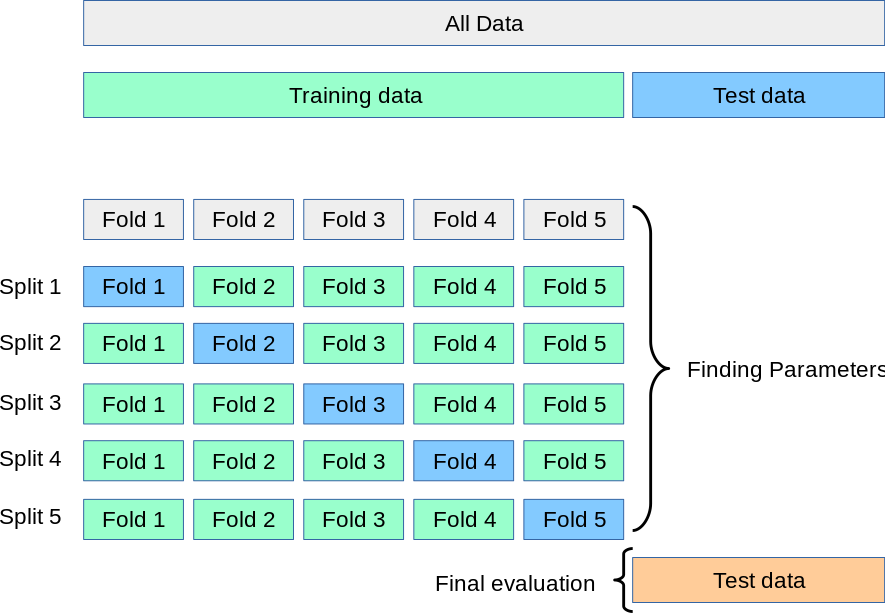What is Machine Learning?
Machine Learning is a branch of Artificial Intelligence (AI) that provides systems the ability to learn and improve from the past experience without being explicitly programmed. It is based on the idea that systems can learn from data, identify patterns( using statistical models) and make predictions (decisions) without human intervention.
These systems use algorithms and statistical models to perform specific tasks on input data without using explicit instructions.
Types of Machine Learning:
Machine Learning is sub-categorized to these four types.
- Supervised Learning
- Unsupervised Learning
- Semi-supervised Learning
- Reinforcement Learning
1. Supervised Learning describes a class of problems in which the training data comprises examples of input vectors along with the corresponding target vectors. Supervised learning algorithms try to model mapping between the input features and the target output so that the model can predict the output values for new data based on those mapping which it learned from the previous data sets.
The two main supervised learning problems are classification and regression problems.
- Classification: Supervised learning problem that involves identifying a class label (Categories, Discrete values).
- Regression: Supervised learning problem that involves predicting the continuous values ( Numerical values).
2. Unsupervised Learning describes a class of problems in which the training data comprises only the input data without the output or target variables. In unsupervised learning algorithms, the model tries to extract the relationships from the input data. There are no output labels based on which the algorithm can try to model mapping or relationships.
There are many types of unsupervised learning, although two main problems that are often encountered by a practitioner are clustering and density estimation.
- Clustering: unsupervised learning problem that involves finding the group of the same object in a data.
- Density Estimation: It involves the summarizing the distribution of data.
3. Semi-supervised Learning describes the class of problems where the training data contains very few labeled features (examples) and a large number of unlabeled features of input data. Therefore, semi-supervised learning problems fall somewhere in between supervised and unsupervised learning, since they use both labeled and unlabeled data for training – typically a small amount of labeled data and a large number of unlabeled data.
The main goal of the semi-supervised learning is to use all of the available input data, not just the labeled data like in supervised learning.
4. Reinforcement Learning describes a class of problems where an agent interacts with the environment and find out what is the best outcome using feedback.
The reinforcement learning algorithm learns from its experiences of the environment and takes actions that would maximize the reward and minimize the risk. It is used by many machines to find the ideal behavior within a specific situation.
The best example of reinforcement learning is playing a game where the agent has a goal of getting a high score and can make moves in the game and received feedback in terms of reward or penalty.
